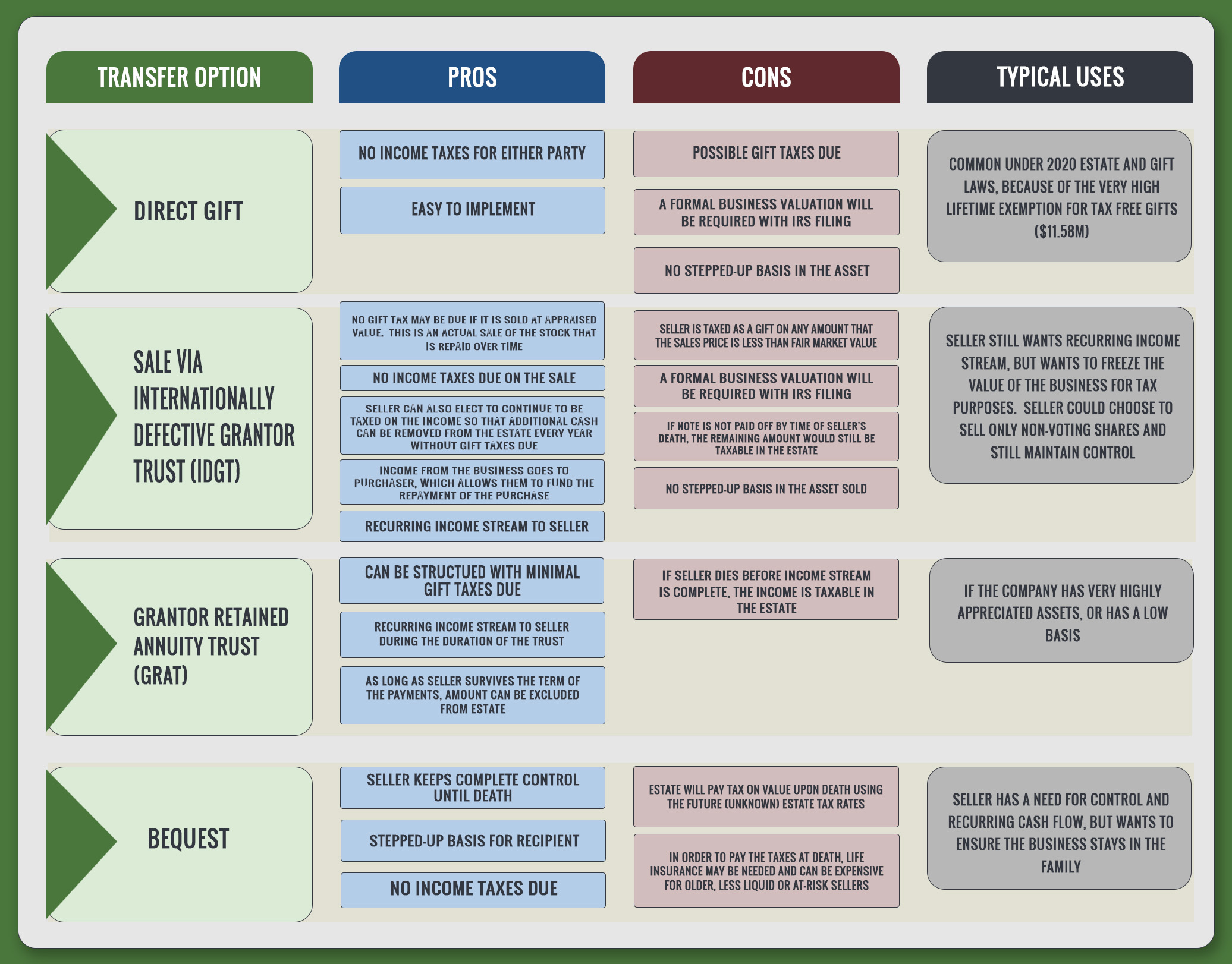
In a family-owned business, it’s tempting to make decisions informally, based on notions of birth order or gut intuition.
Many companies don’t succeed past the second or third generations. All too often, successors have come into the position by birthright, not because they have the skills and the management ability to take the company to the next level.But when it comes to choosing a successor to take over the reins, slowing down and going through a formal, structured process can ensure the best choice is made.
Another benefit to a structured process is that it provides evidence of a thoughtful choice, something that can help allay charges of favoritism and other complaints.
The first hurdle is to make sure the process begins soon enough. Many companies have been caught short when the CEO suddenly dies or is otherwise incapacitated. Scheduling a transition period means the new leader is well prepared, working in the business and able to take over at a moment’s notice.
Once a succession timeline has been established, a team to oversee the process should be created. This team will probably include the present CEO, board members (if a board exists), other family members, key employees and outside advisors. A variety of experiences and viewpoints will help ensure the committee is diverse enough to identify and hammer out key issues.
The committee’s first task is an objective assessment of the company and its future performance, including the following:
The above analysis should result in a very clear picture of the type of leadership a successor needs to provide. There may be many needs, some of them conflicting, so prioritizing the most critical leadership areas is important.
Another vital question is whether this leadership can be found within the family ranks. If it doesn’t exist today, can a selected successor grow into the role through education and mentorship?
If the team decides to go outside the company for a new CEO, company needs and direction will help create the job description as well as identify key experience and abilities.
Areas to be examined when reviewing applicants include minimum experience and education, specific skills, relationships, judgment and the ability to see the big picture as well as capitalize on opportunities.
At times, a choice may need to be made between leadership experience and depth of knowledge in the industry or particular areas of need. Then the question becomes, can the candidate grow in the areas lacking?
It will likely be impossible to find the perfect person. However, a structured and logical process will ensure that the company gets the leadership it needs. – Elizabeth Penney, M.B.A.
If your business received a PPP loan, you may be eligible to have that loan forgiven. Our team can help you ensure that your loan forgiveness application is filed correctly and timely. Complete our five-question form, and we can provide a quote for your application by the next business day.
Request a Quote